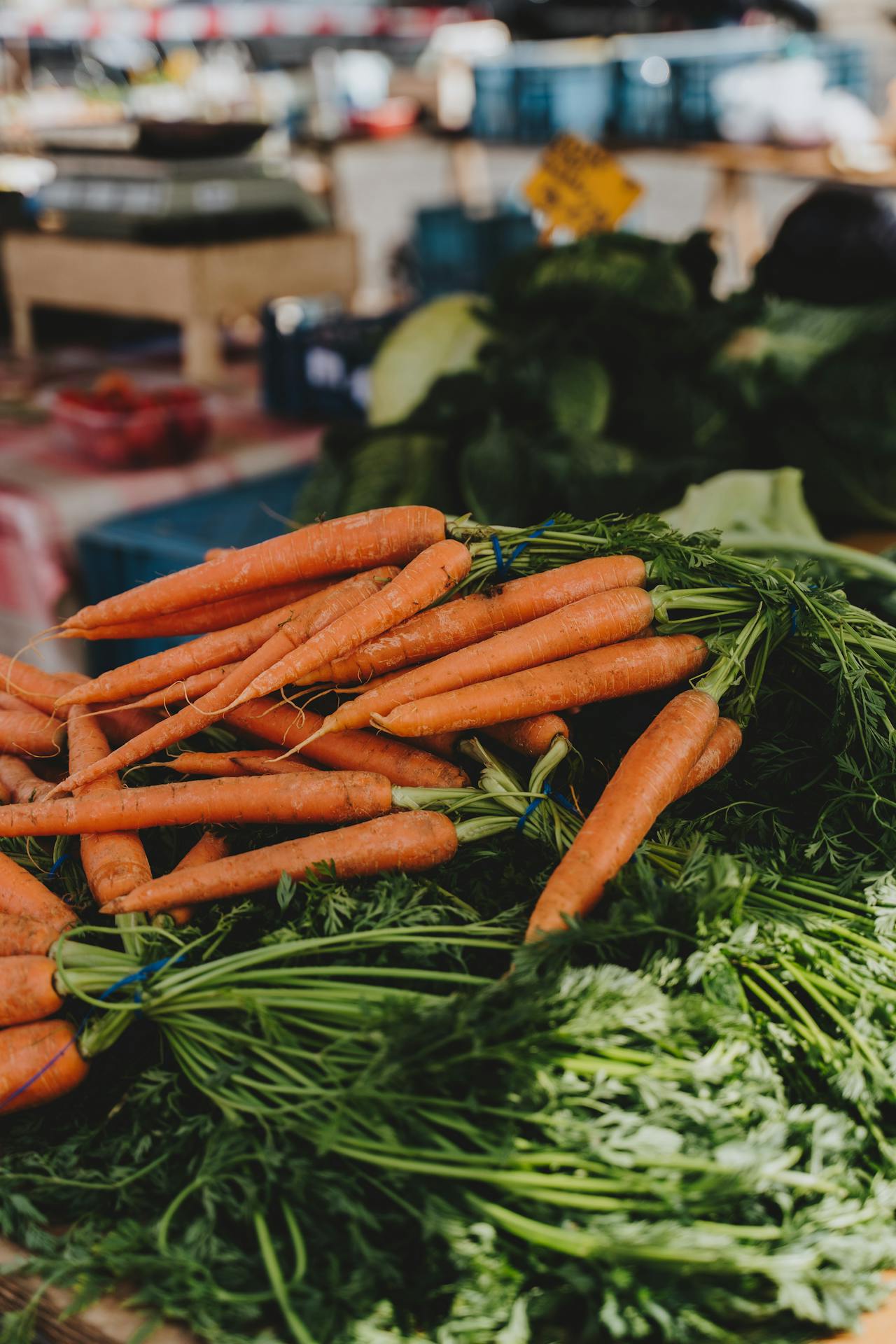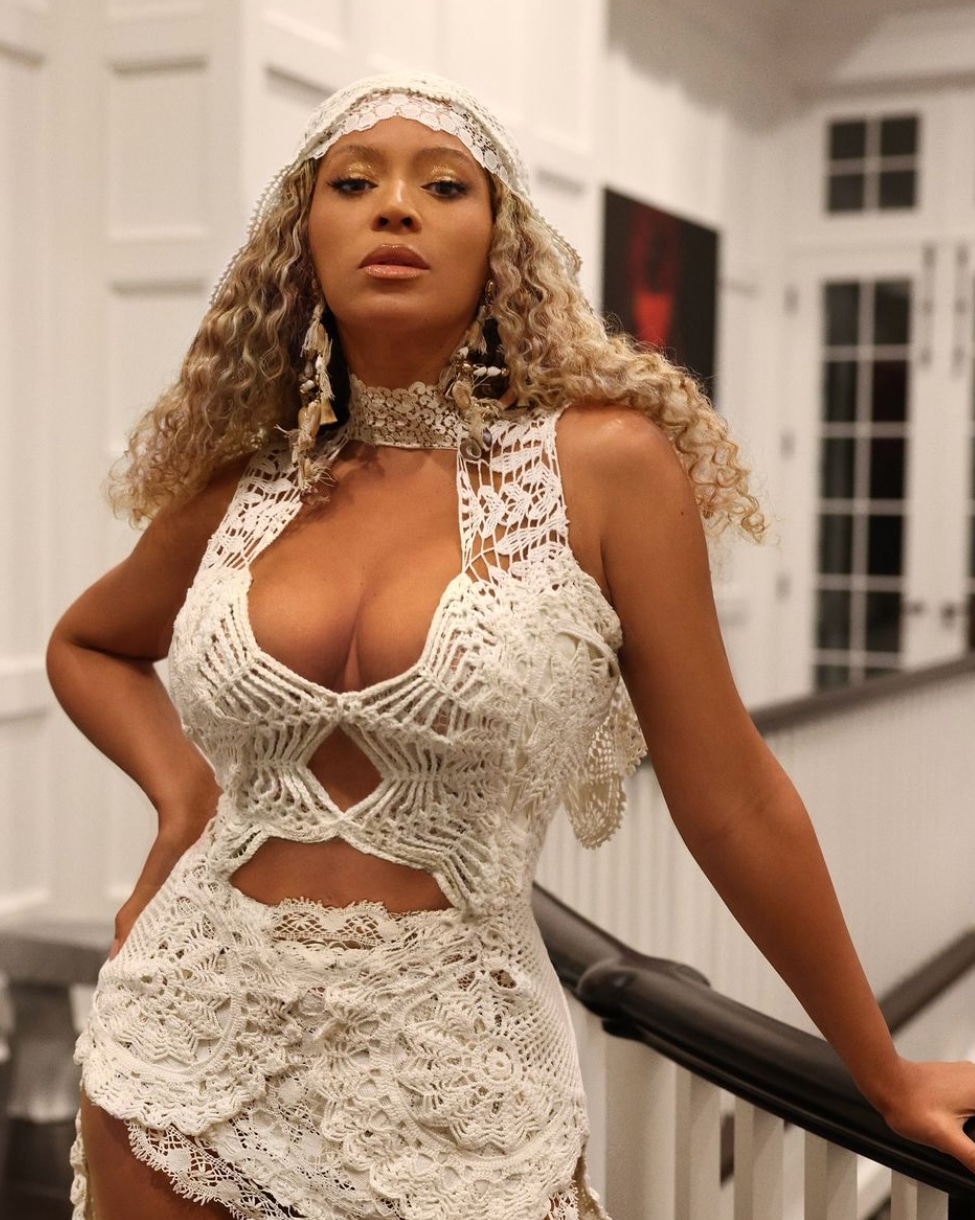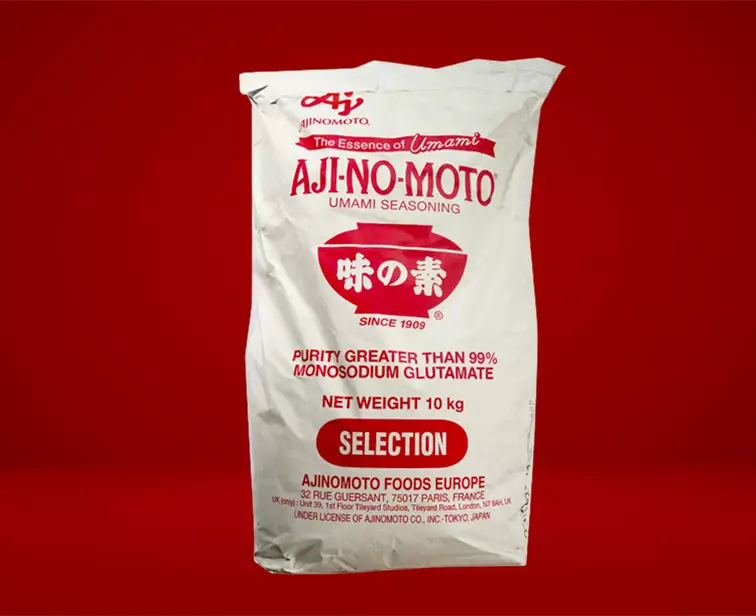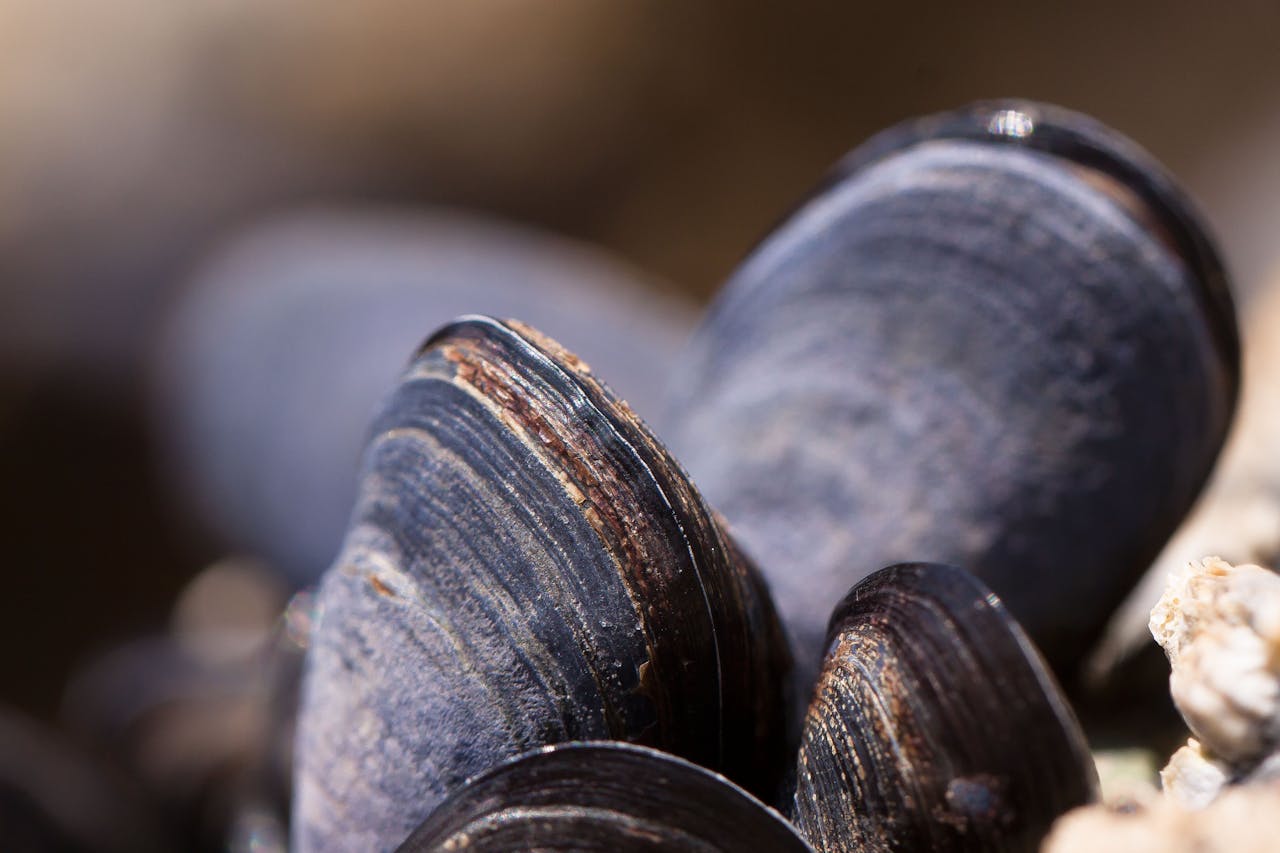Jennifer Garner might be a Hollywood A-lister, but the actress and entrepreneur can’t get enough of farm living—and it’s not for her latest starring role.
Last month, Garner took to Instagram to share “nerdy farm facts” while she toiled away on her farm’s pumpkin patch. In the video, the star—dressed in her farm overalls, work gloves, and protective sun hat—gave her nearly 17 million Instagram followers a quick lesson in pumpkin pollination and growth.
Table of Contents
Jennifer Garner’s pumpkin facts
She starts off her video holding up a bright yellow pumpkin flower and goes on to explain the life cycle of pumpkins. “This flower is both male and female,” Garner says. “There’s a pistol inside, and it needs the pollen. Do you know who takes care of that? Bees!”
The actress, who has become known as “Farmer Jen,” continues her lesson, explaining: “Once the pollen falls onto the pistol in the middle, the miracle continues! It can start to grow.”
As Garner further explains the way pumpkins are grown, she likens the process to pregnancy. “This is when you get the email that says, ‘Congratulations, Mama Pumpkin. Your baby is the size of a large grape,’” says the actress.
@jennifergarner | TikTok
“It keeps growing and growing and growing,” she continues, as she holds up a bulging pumpkin flower. “This curls up and dries off,” she says about the flower. “Sometimes it doesn’t. It’s like a little umbilical cord. It’s crazy.”
Garner then shows off two small, green-hued pumpkins. “Dear, Mama,” she begins again. “Congratulations! Today your pumpkins are a nice size B,” she jokes. “And they keep growing and growing until they grow into big, beautiful pumpkins.” Garner ends her lesson surrounded by large, red-orange pumpkins.
7 tips for growing your own pumpkin patch
If Garner’s farm lesson piqued your interest and you’re now considering growing your own pumpkins, study these seven tips before getting started.
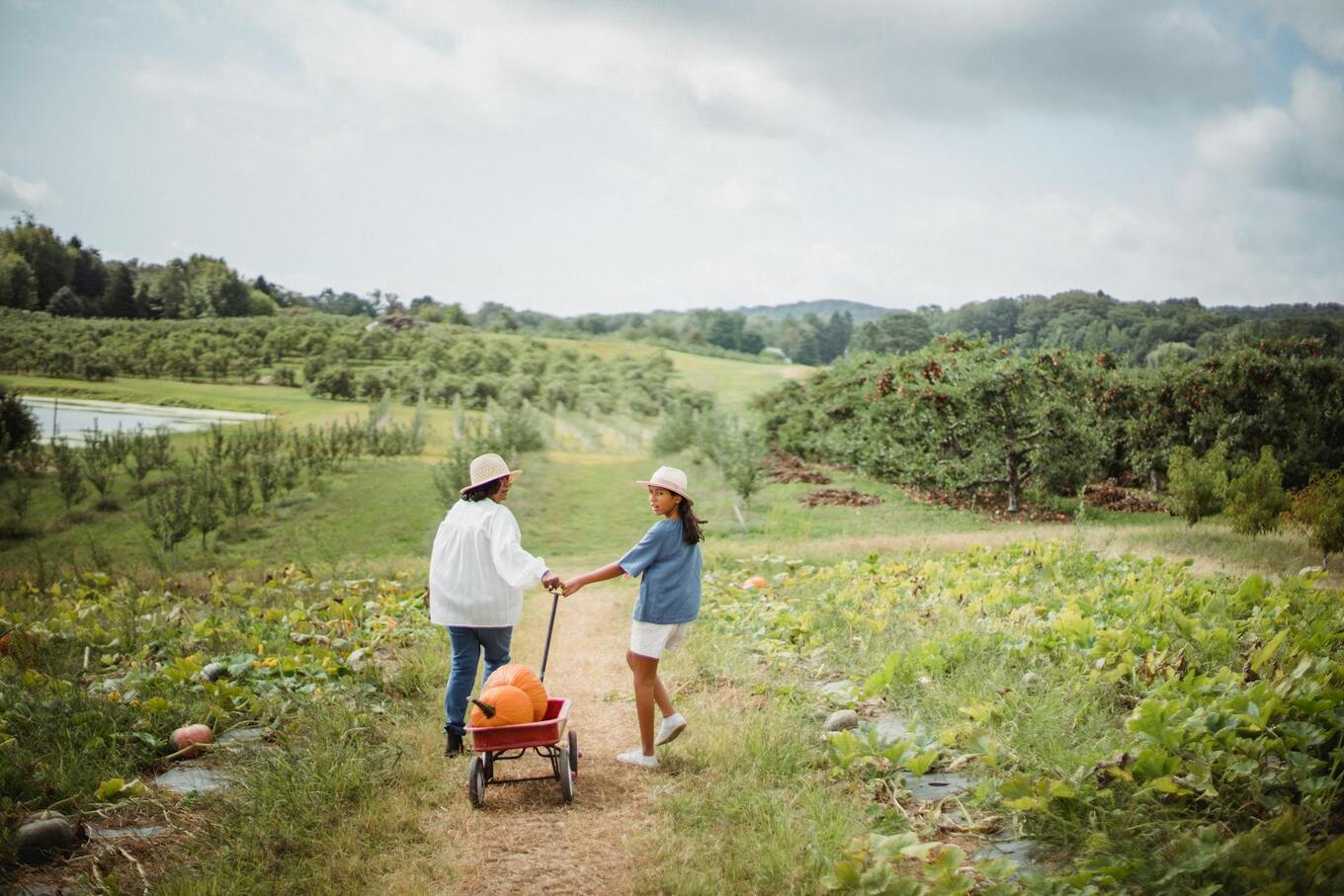 Zen Chung | Pexels
Zen Chung | Pexels
1Be sure to allocate enough outdoor space for your pumpkins
Because pumpkins require abundant sunlight, they are not ideal for indoor gardening. Additionally, pumpkins grow on vines and therefore will take up a lot of space. The amount of outdoor space required will vary depending on the variety of pumpkins you choose to grow. According to Catherine Boeckmann of The Old Farmer’s Almanac, allocate 15 to 36 square feet for mini pumpkin varieties, 50 to 100 square feet for average-sized pumpkins, and 1,000 square feet for giant pumpkins.
You’ll also have to be mindful of space once it comes time to sow your seeds. Hills (aka, a given spot containing multiple seeds) should be planted four feet apart. Sow seeds eight feet apart if you’re growing in rows.
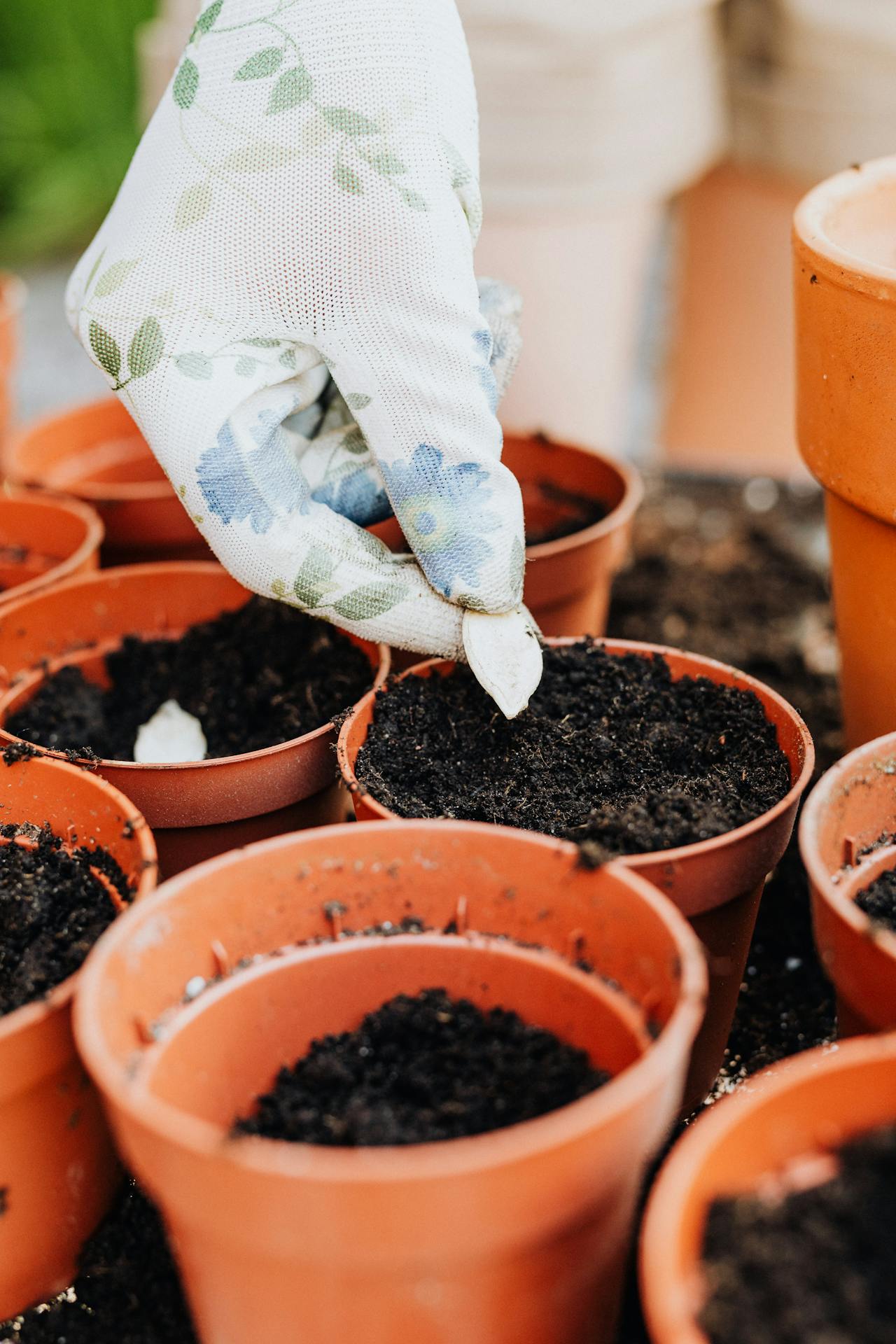 Karolina Grabowska | Pexels
Karolina Grabowska | Pexels
2Carefully inspect your seeds before sowing
Taking time to inspect your seeds before planting is crucial. There’s nothing like tending to your pumpkin patch for months, only to find something fundamentally wrong with your harvest. The Martha Stewart Blog advises that seeds should not be old or hollow. “They should be firm and evenly colored without blotches or discolored patches that could indicate disease,” Stewart explains. The gardening expert also recommends opting for seeds that have been air-dried, as opposed to buying oven-dried varieties, as this method could potentially remove too much moisture.
![]() James Wheeler | Pexels
James Wheeler | Pexels
3Warm temperatures are essential
The start of pumpkin season, for most of us non-farmers, begins when Starbucks’ PSL returns to store menus typically around late August and early September. For others, October and the promise of Halloween trigger the start of pumpkin season. And while this may be true, in order to enjoy pumpkins during this time of year, you’ll have to plant your pumpkins between late spring and early summer.
“Growers in northern locations need to plant by late May; in southern states, plant by early July,” Boeckmann advises. A longer growing season of 75 to 100 frost-free days is the general rule because pumpkins don’t do well with cold.
This means your soil should also be warm. Soil temperatures should be between 65 and 95 degrees Fahrenheit, according to The Old Farmer’s Almanac. As for Stewart, she prefers a temperature of at least 70 degrees. Forming small mounds with your soil and sowing your seeds this way could also help, as this helps to warm the soil and in turn will help your seeds germinate quicker. Pro-tip from Boeckmann: if your growing season is short, start off by planting your seeds in pots and transfer them outside once the temperature has gotten warmer.
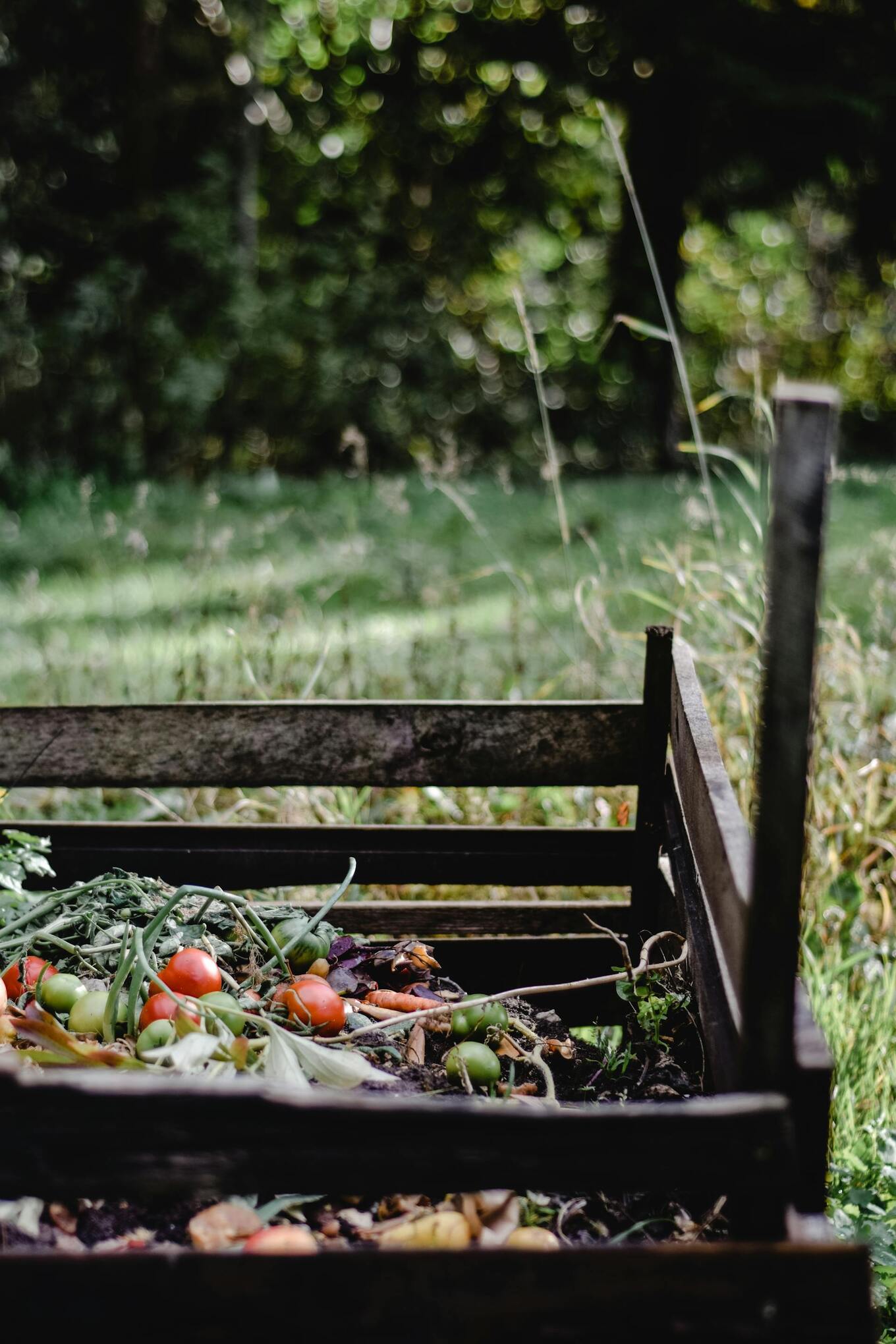 Eva Bronzini | Pexels
Eva Bronzini | Pexels
4Compost, compost, compost
Expert gardeners know that incorporating compost into your grow comes with a number of benefits including healthier plants, lower maintenance costs, improved soil health, and more. Compost is especially important when growing pumpkins because they are, as Boeckmann puts it, “heavy feeders.”
Plant your seeds into compost-treated soil. Throughout your grow, maintain your nutrient-rich soil by side-dressing. This involves treating the soil surrounding your seeds with compost.
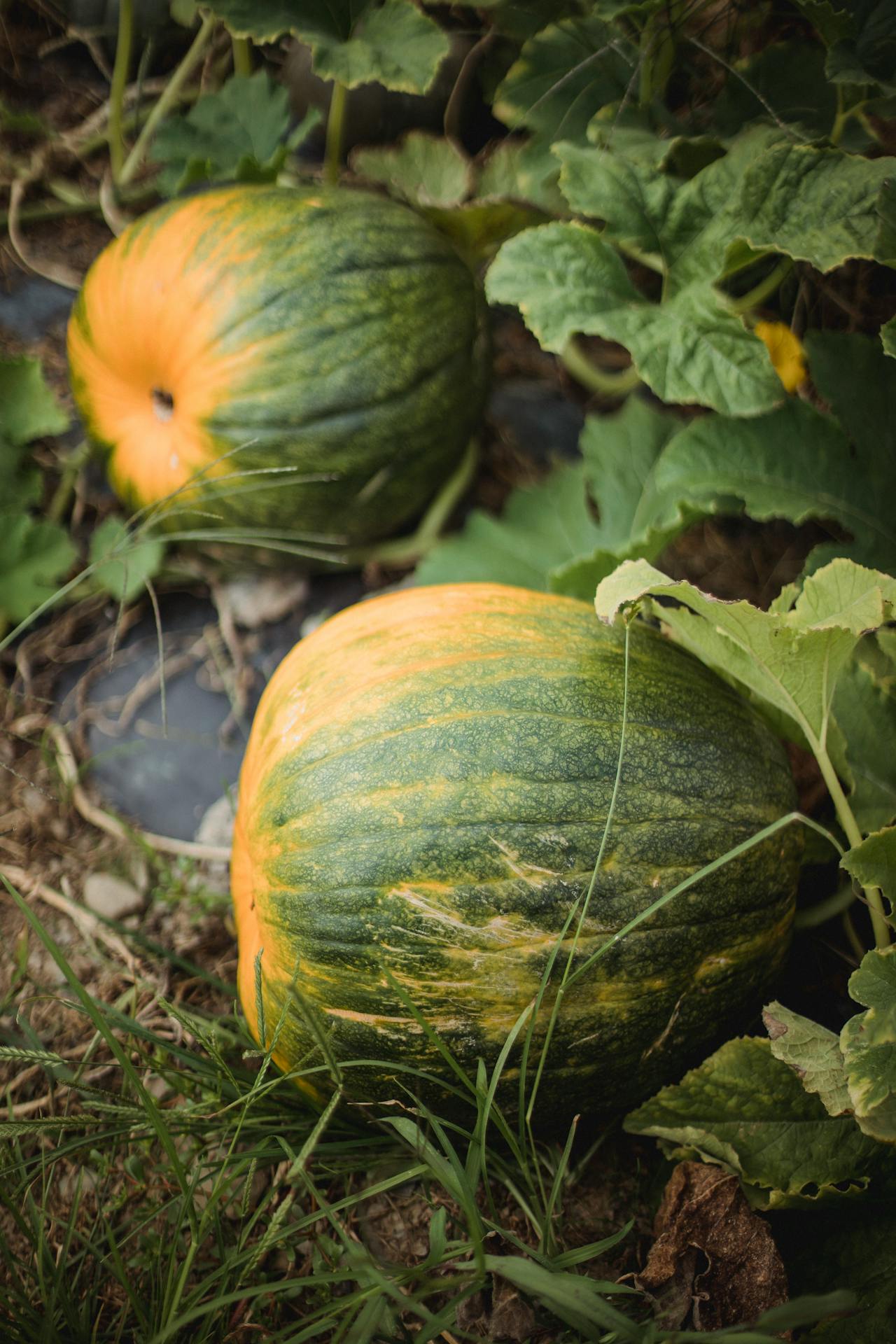 Zen Chung | Pexels
Zen Chung | Pexels
5Water sufficiently, but be careful not to overwater
Your pumpkin plants will need one inch of water every week, according to The Old Farmer’s Almanac. This is especially important once your plants produce fruit (aka, a pumpkin!). Watering your plants in the morning and on hot afternoons is the best practice here, but try to avoid watering directly on your leaves, vines, and fruit.
To help retain moisture, try adding mulch around your grow. This is especially important when you first plant your seeds. “Pumpkins are 80- to 90-percent water depending on the variety, and adequate moisture is crucial for healthy, productive plants,” Stewart shares. Mulch also offers the added benefit of helping keep pests at bay.
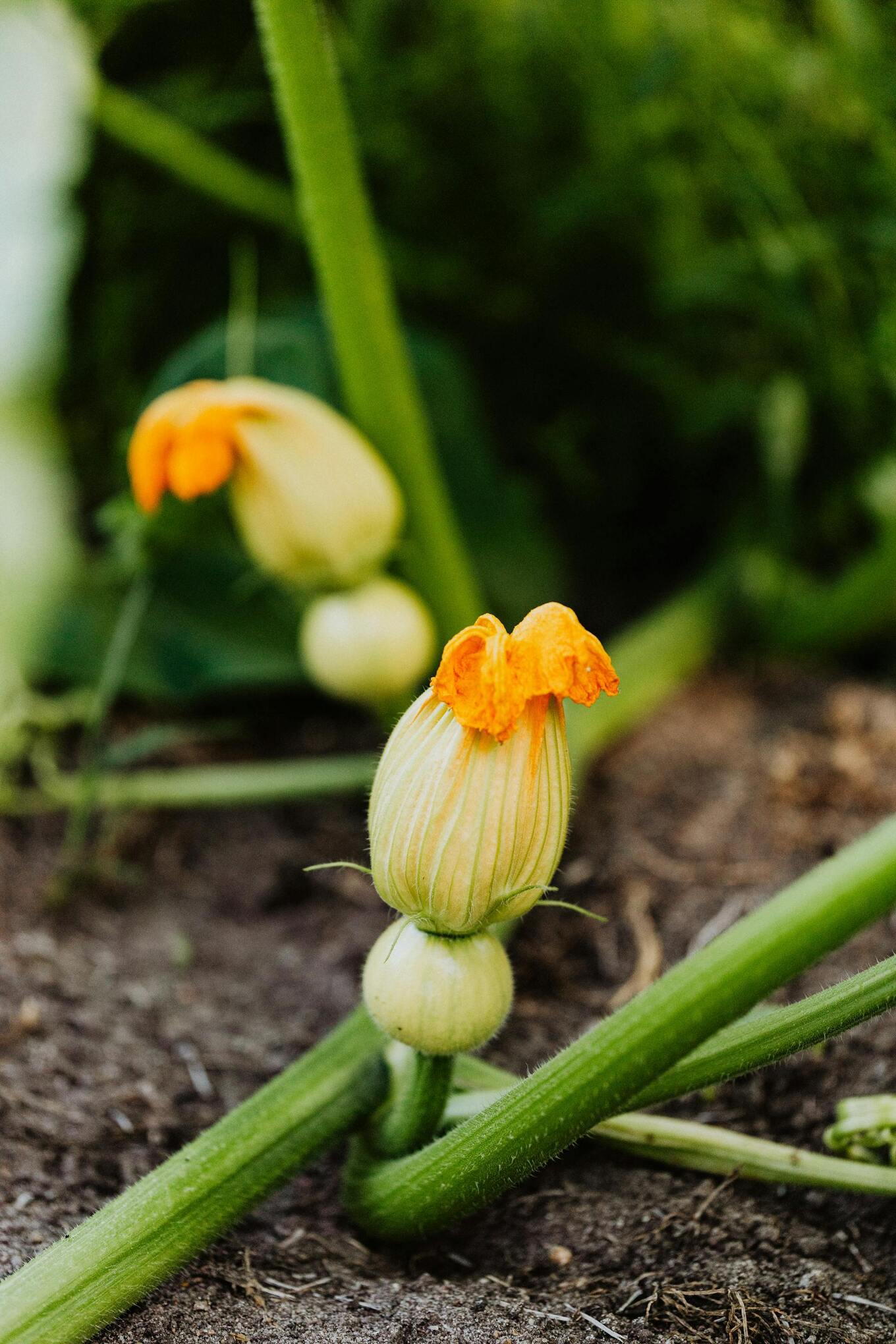 Karolina Kaboompics | Pexels
Karolina Kaboompics | Pexels
6Make your pumpkin patch bee-friendly
As Garner explained in her farm facts video, bees pollinate pumpkin flowers, and for this reason, they are essential for a successful grow. Make your pumpkin patch a bee sanctuary by growing bee-friendly flowers nearby—lavender is a great option and is known to attract bees.
Be sure to avoid pesticides and herbicides that could harm these essential pollinators and opt for natural alternatives instead.
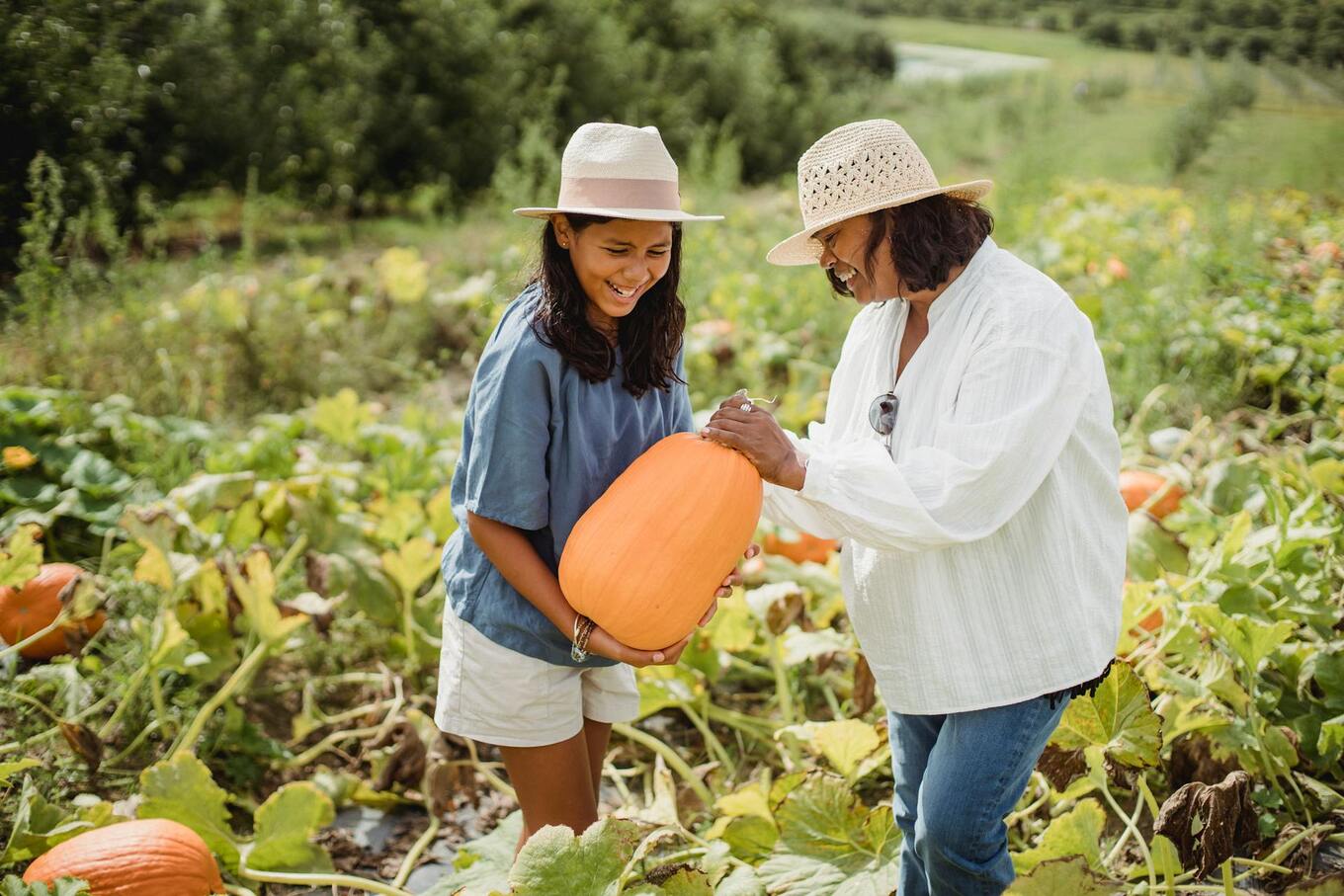 Zen Chung | Pexels
Zen Chung | Pexels
7Be patient
Remember: you may need up to 100 days for your pumpkins to reach their full size. This means you’ll need a big dose of patience. Documenting milestones along the way will help you see how far your pumpkin patch has come—even if your pumpkins haven’t started growing just yet.
According to Stewart, seeds should sprout around the seven to 10-day mark. Photograph your young sprouts and note the date in a journal. Channel your inner Farmer Jen, and keep a record of your pumpkin flowers sprouting; the first grape-sized bulb; your young, green pumpkins; and finally, your fully grown, orange pumpkins!
And when it’s time to harvest, transform your pumpkins into Halloween Jack-o’-lanterns or whip up a delicious, plant-based pumpkin recipe.


